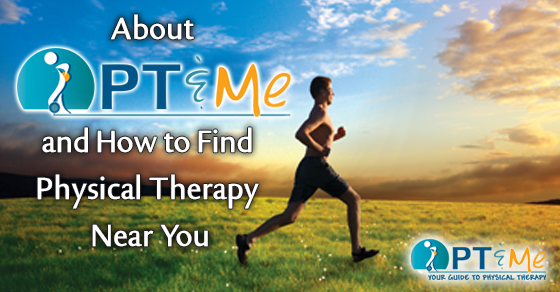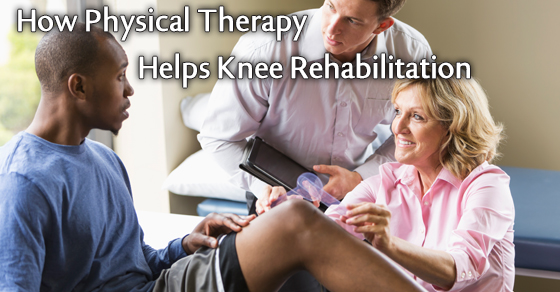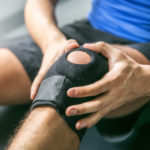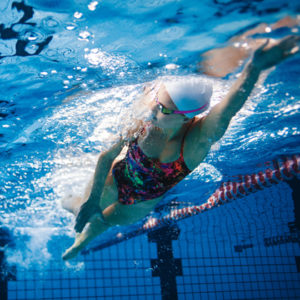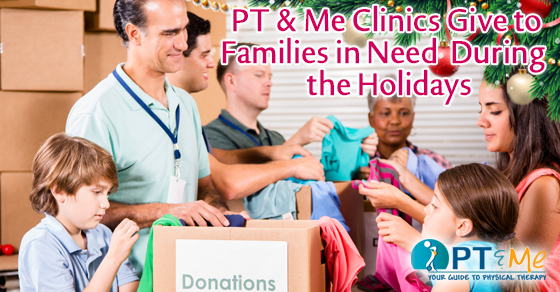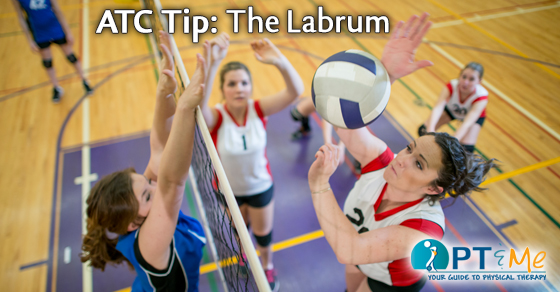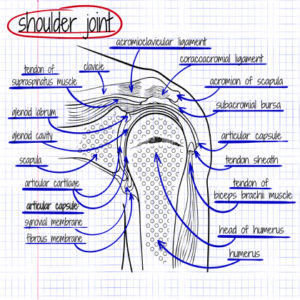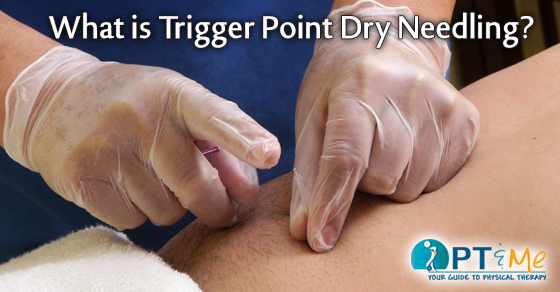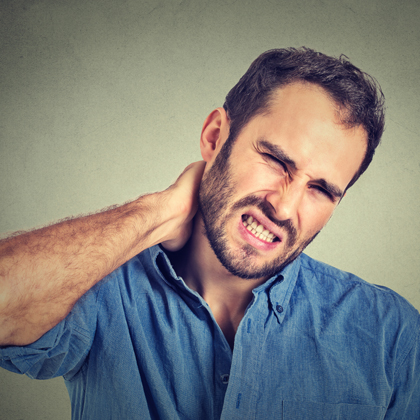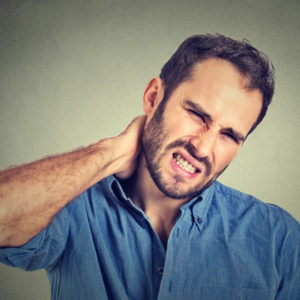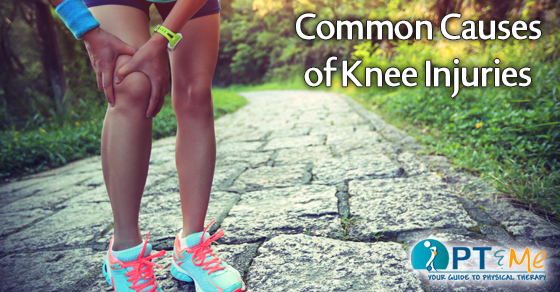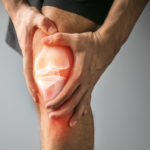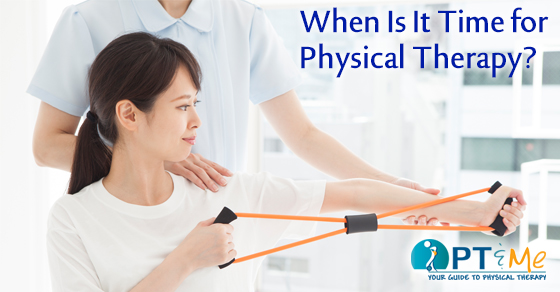
Often, we end up in physical therapy based on the referral of our physician after dealing with and injury for a certain period of time. However, physical therapy can be used for many different ailments and can actually help cut down the time off work, off of sports and promote healing much faster.
Physical therapy can be used for many of your minor and major injuries. Following surgeries or traumas (accidents, dislocations, fractures, sprains) it can cause a considerable reduction in swelling and allow things to heal 75-80% faster than if without therapy. It has been shown that following surgery, the quicker someone goes for therapy, the less likely they are to stiffen up or have complications due to loss of range of motion. It also helps to significantly reduce pain and swelling.

Physical therapy is not only used following surgeries or sports injuries, but can be extremely helpful in preventing symptoms from getting worse and developing into more problems. If you’ve been having pain in your shoulder for 3 months or so, your body now has altered the way it moves your shoulder and in turn, you have developed some compensation patterns which could cause things to develop into other areas, such as your neck from your altered movements. This then, can lead to more significant problems which could have been easily avoided if therapy had been started and symptoms had gotten under control.
Remember, the quicker you get into therapy following an injury or persistent pain, the quicker your response time will be to therapy. If you are having some issues, talk to your physician about starting therapy. You don’t have to wait until it has a complete impact on your life or your recreational activities. Stop pain in your life and feel better by visiting one of our PT & Me physical therapists today.

